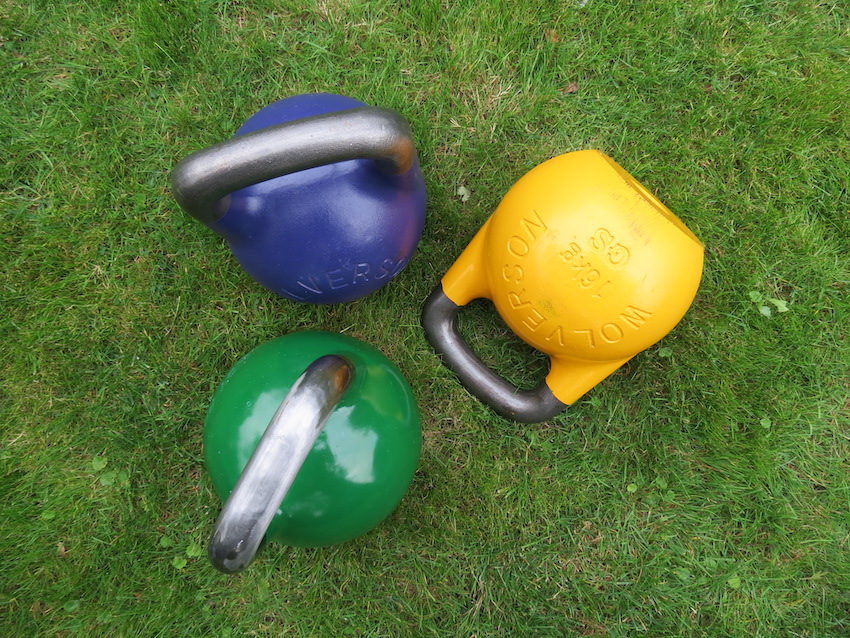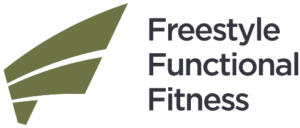With so many training systems, opinions, and choice of kit, the fitness world can be overwhelming. Deciding where to start is tricky, especially when you’re a newbie. Luckily we have a principle we can bring into play – and some old-school equipment that never dates.
The principle is ‘functional movement’. It’s the best place to start developing your physical health and fitness. This is because modern life has engineered-out physical activity, and we need to put it back. Very often this has meant using equipment which focuses on training muscles in isolation. But working only one part of your body is a very limiting way to train.
Instead, you’ll get better results by using different muscle groups together. And you don’t need the latest exercise fad to do it. We all have access to very simple training tools that can help us regain control of our bodies (and ultimately our lives). I’m thinking of resistance bands, sliding discs, medicine balls and bodyweight exercises, but also an old-time favourite – kettlebells.
As a way to get more functional movement, kettlebells are just the job. Many trainers associate them with Russia, where they’re called girya and have been widely used for centuries. But they’re even older, and their roots can be traced back to ancient Greece. They’re an iconic piece of equipment, instantly recognised by the cannonball shape (the bell) with the curved iron handle attached.
You might be surprised to learn that kettlebells have a humble history. They were used on Russian farms to weigh agricultural crops and goods. Their popularity spread as a training tool, using the standard weight of ‘one pood’ – 35 lbs or a touch under 16 kgs. Knowledge spread slowly but eventually the US got the bug. About twenty years ago, kettlebells went mainstream after an article published in Rolling Stone magazine.
The design of the bell with its horn-shaped handles allows for swinging movements, with the centre of gravity extended beyond the grip. Basic movements such as the deadlift, swing, clean-and-press will train your body to become hard and lean. Beyond these basics there are countless variations around the body, including a figure-of-eight, and a side swing I like to use in my sessions.
All of these are perfect for getting better at throwing, sprinting, jumping, boxing, or just feeling stronger in everyday life. Clients also notice the impact on their core strength, co-ordination and balance – a nice bonus.
Kettlebells are especially useful as they allow movement through all three planes. We call this tri-planar movement – forward and back, side-to-side, and twisting/turning. It’s important because it activates the muscles of the rear of the body – hamstrings, spine and bum (glutes). These are known as the posterior kinetic chain, crucial for developing power for lifting and forward movement. These muscles are often overlooked in improving posture and aligning the spine.
I’ve always believed in first principles and the four-letter acronym KISS. Keep it short and simple. Kettlebells fit right in there. If you’re looking for cardiovascular fitness, muscular strength, endurance, flexibility and a leaner body, look no further. Whatever its humble history, the kettlebell will never need re-inventing.


